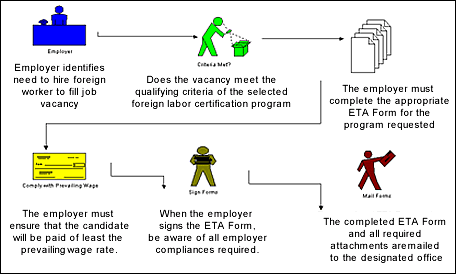MSHA announces results of June impact inspections
07/24/2014
ARLINGTON, Va. — The U.S. Department of Labor’s Mine Safety and Health Administration today announced that federal inspectors issued 186 citations, 25 orders and one safeguard during special impact inspections conducted at 11 coal mines and two metal and nonmetal mines in June.
The monthly inspections, which began in force in April 2010 following the explosion at the Upper Big Branch Mine, involve mines that merit increased agency attention and enforcement due to their poor compliance history or particular compliance concerns. The inspection details of one of the mines are listed below:
MSHA began an impact inspection at Dickenson-Russell Coal Co., LLC’s Cherokee Mine in Dickenson County, Virginia, on June 10. A member of the enforcement team traveled to the mine ahead of the inspection team and secured the mine’s communication systems to prevent advance notice. The inspection of underground belts and equipment and surface equipment and installations resulted in the issuance of 25 104(a) citations and five 104(d)(1) unwarrantable failure orders. This was the first impact inspection at this mine.
Among the conditions found were the accumulation of combustible materials in the form of black and dry float coal dust along one of the mine’s belts. The float coal dust had accumulated on areas of the belt structure including rails, chains, tail piece, ribs, head drive electrical cable and guards. A buildup of coal dust places miners at serious risk to explosions.
MSHA issued an unwarrantable failure order for insufficient air velocity on the belt air course. Using an anemometer, an instrument that measures the volume of air entering and exiting a mine, inspectors detected no air movement in the belt entry. The lack of such movement can lead to the buildup of dangerous gases in the air and a potential mine explosion. Enforcement personnel issued another order when the mine allowed diesel equipment to operate in an entry with no air movement.
Furthermore, a roof -bolting machine had not been properly examined, tested and maintained. Numerous hazardous conditions were observed even though the examination records dated three days prior indicated no detection of hazards. Mechanical fasteners were missing, bare ground wires were exposed, and cables were not insulated properly and fully protected. One 104(d)(1) order was issued for an inadequate pre-shift examination along four belts where the examiner failed to record and post the hazardous conditions found, such as float coal dust, draw rock, belts rubbing against the structure and bottom hangers, and inadequate ventilation.
In a June 24 impact inspection at Rhino Eastern LLC’s Eagle Mine 3 in Wyoming County, West Virginia, MSHA found dozens of violations in which the mine operator failed to follow approved ventilation, methane and dust control plans, which resulted in closure orders.
“Conditions found at both Rhino and Cherokee that led to closure orders put miners at risk of explosions,” said Joseph A. Main, assistant secretary of labor for mine safety and health. “The dust conditions at the Rhino mine also exposed miners to black lung disease. The new respirable dust regulations, which go into effect on Aug. 1, are aimed at curbing the disease and will address these type of operator shortfalls,” he said.
Since April 2010, MSHA has conducted 780 impact inspections and issued 12,627 citations, 1,170 orders and 54 safeguards.
